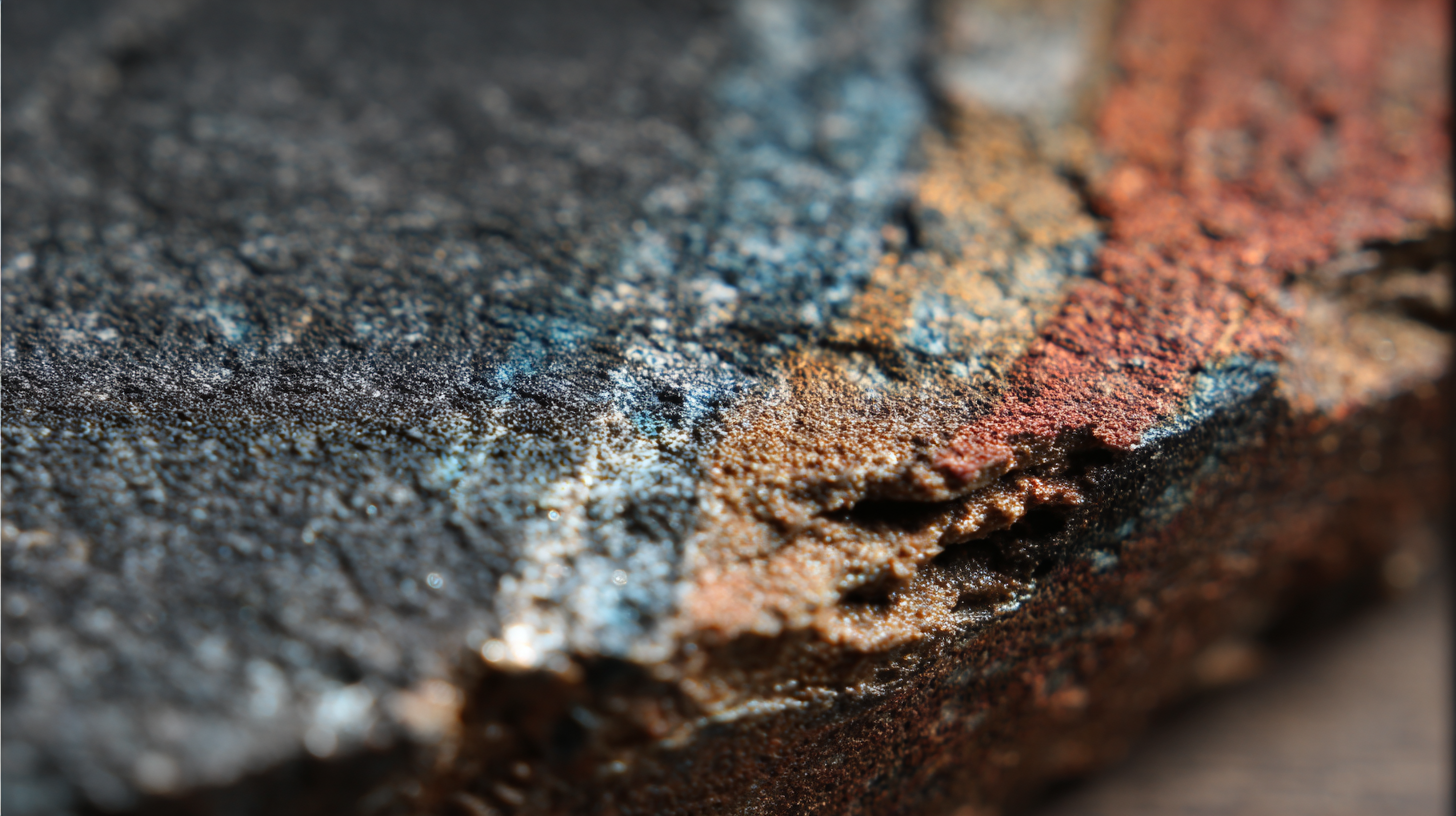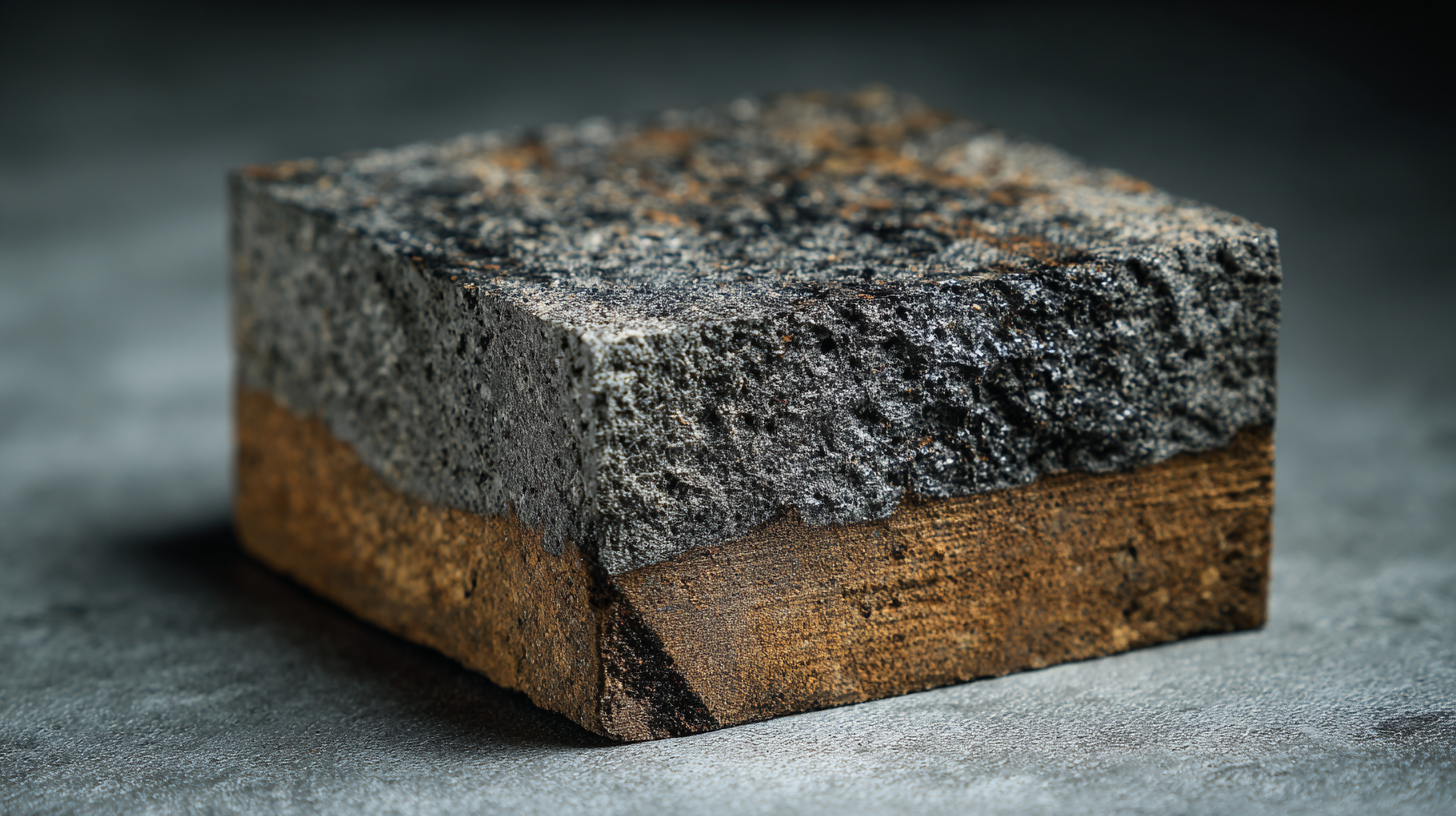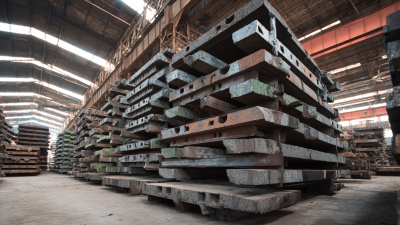Leave Your Message
The demand for advanced materials in high-temperature applications has grown significantly, with the global ceramics market projected to reach $330 billion by 2027, according to a recent market analysis by ResearchAndMarkets. Among these materials, the Cordierite Mullite Sagger stands out due to its exceptional thermal stability and low thermal expansion properties, making it ideal for production processes that involve intense heat, such as in the manufacturing of high-performance ceramics and glass. A study by the Institute of Materials Science highlights that saggars made from Cordierite Mullite can withstand temperatures exceeding 1400°C while minimizing warping and damage, thus enhancing the efficiency of kiln operations. As industries continue to innovate, leveraging materials like the Cordierite Mullite Sagger will be crucial in optimizing performance and sustainability in high-temperature environments, driving both productivity and cost-effectiveness.

Cordierite mullite is gaining attention for its unique composition and remarkable properties, particularly when it comes to high-temperature applications. The mineral cordierite exhibits peculiar thermal expansion behavior, which has been elucidated through advanced computer simulations. These studies have contributed to a greater understanding of how cordierite shrinks when subjected to heat, revealing the complexities of its lattice dynamics. This thermal response is critical in applications where thermal stability and dimensional integrity are essential, such as in kiln furniture and refractory products.
In recent advancements, researchers are exploring the synthesis of cordierite-based refractories from natural materials and industrial waste. For instance, cordierite ceramics have been successfully fabricated using Moroccan halloysite clay, demonstrating an efficient and low-cost manufacturing method. Similarly, the potential reuse of ceramic roller waste to produce cordierite and mullite refractories has been investigated, showcasing sustainable practices in the ceramic industry. The combination of reduced thermal conductivity and high-temperature resistance makes cordierite an excellent candidate for various thermal applications, supporting the growing demand for materials that can withstand extreme conditions while minimizing environmental impact.
Cordierite mullite saggers have emerged as a crucial component in high-temperature applications due to their exceptional thermal properties and mechanical strength. One of the primary advantages of these saggers is their ability to withstand extreme temperatures without distorting or breaking down. This makes them an ideal choice for industries such as ceramics and glass, where precise firing processes are essential for product integrity. Additionally, cordierite's low thermal expansion reduces the risk of thermal shock, ensuring consistent performance even under fluctuating temperature conditions.
Another significant benefit of cordierite mullite saggers is their excellent thermal insulation capabilities. By minimizing heat loss during firing, these saggers contribute to energy efficiency, ultimately lowering production costs. Furthermore, their lightweight nature aids in easy handling and reduces the overall weight of the kiln load, facilitating more efficient production processes. The durability and longevity of cordierite mullite saggers also lead to reduced maintenance needs and operational downtime, enhancing overall productivity in high-temperature environments.
Cordierite mullite saggers have emerged as a superior alternative to traditional sagger materials, particularly in high-temperature applications such as ceramics and metal processing. Traditional saggers, often made from clay or other refractories, can suffer from thermal shock and degradation at elevated temperatures, limiting their effectiveness. In contrast, cordierite mullite offers excellent thermal stability, with a lower coefficient of thermal expansion, which significantly reduces the risk of cracking and warping under extreme conditions.

Furthermore, the mechanical strength and resistance to chemical attack of cordierite mullite saggers provide a distinct advantage. Unlike conventional materials that may become brittle over time, cordierite mullite maintains its structural integrity, ensuring consistent performance throughout its lifespan. This durability translates to fewer replacements and maintenance interventions, ultimately resulting in cost savings for manufacturers. Additionally, cordierite mullite’s lightweight composition enhances handling and reduces transport costs, positioning it as a pragmatic choice for industries demanding reliability and efficiency at high temperatures.
 Cordierite mullite saggers are increasingly recognized for their vital role in high-temperature industrial applications. These saggers exhibit excellent thermal shock resistance and mechanical stability, making them ideal for use in processes such as ceramics firing, glass production, and metal casting. Recent advancements in ceramic foam technology highlight the versatility of cordierite ceramic materials, particularly in applications requiring high strength and lightweight properties. The ability to tailor their porosity and density through innovative methods like gel casting provides additional efficiency in thermal management, further enhancing their performance in demanding environments.
Cordierite mullite saggers are increasingly recognized for their vital role in high-temperature industrial applications. These saggers exhibit excellent thermal shock resistance and mechanical stability, making them ideal for use in processes such as ceramics firing, glass production, and metal casting. Recent advancements in ceramic foam technology highlight the versatility of cordierite ceramic materials, particularly in applications requiring high strength and lightweight properties. The ability to tailor their porosity and density through innovative methods like gel casting provides additional efficiency in thermal management, further enhancing their performance in demanding environments.
Current trends also emphasize the repurposing of industrial wastes into the production of cordierite and mullite refractories. Research indicates a promising avenue for manufacturing these materials sustainably, reducing both waste and raw material costs. For instance, studies have demonstrated that utilizing ceramic roller waste can yield significant batches of refractory materials while maintaining desirable performance characteristics. This not only bolsters the economic viability of using cordierite mullite saggers but also aligns with industry goals of minimizing environmental impact, positioning them as a sophisticated choice for modern industrial processes.
The production of cordierite mullite saggers presents various challenges that manufacturers must address to ensure optimal performance in high-temperature applications. One of the primary hurdles is achieving uniformity in the chemical composition and microstructure of the sagger material. According to a report by MarketsandMarkets, the global ceramic materials market is expected to grow at a CAGR of 7.7% from 2021 to 2026, highlighting the increasing demand for high-quality components in industries such as ceramics, glass, and aerospace. This demand drives innovation in the manufacturing processes used for cordierite mullite saggers, particularly in refining methods to enhance thermal shock resistance and mechanical strength.
Furthermore, advancements in additive manufacturing technologies have opened new avenues for creating more complex and tailored sagger designs. A study published in the Journal of the European Ceramic Society indicates that integrating 3D printing techniques into the sagger production process can significantly reduce lead times and material waste. This innovation not only enhances the sustainability aspect of sagger manufacturing but also offers opportunities for customization to meet specific high-temperature application requirements. As the industry continues to evolve, addressing these manufacturing challenges through innovative approaches will be crucial for meeting the stringent performance demands of high-temperature environments.






